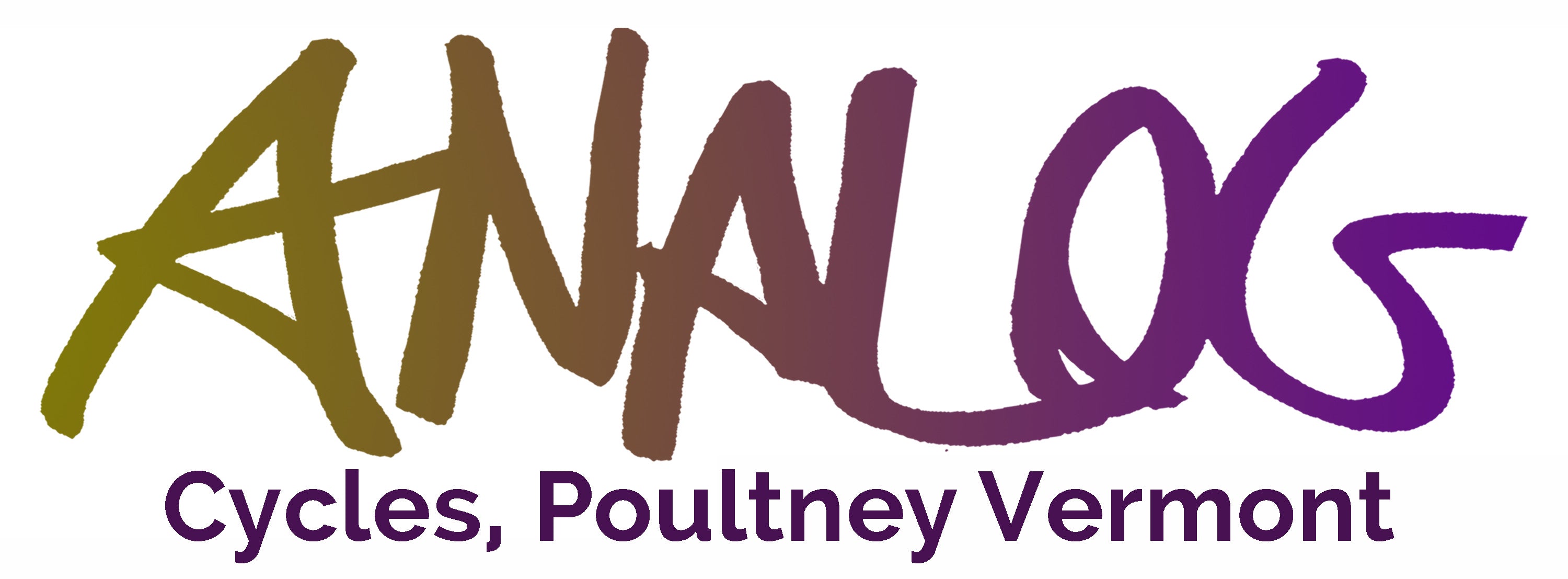Hopefully you’re planning on laying down some Fizik Gel under the tape. We highly recommend that you do, especially for any cloth tape that has no cush’ of it’s own. We even put the gel under cushy tape. Lay one of the straight sections of gel down on the drop portion of the bar. Align it, and trim it if necessary, but usually you won’t need to.
Start wrapping over the gel, pull hard as you wrap. This will help keep the tape from slipping. Cloth tape usually has a type of chevron pattern on it which is helpful for keeping consistent spacing. You want to wrap over about a quarter of the tape, you could do more but you might find by the time you get up to the tops of the bars you’ve run out of length on the tape. Check the inside and bottoms of the bar every once in a while to make sure you are consistent all the way around as you wrap.
Start wrapping over the gel, pull hard as you wrap. This will help keep the tape from slipping. Cloth tape usually has a type of chevron pattern on it which is helpful for keeping consistent spacing. You want to wrap over about a quarter of the tape, you could do more but you might find by the time you get up to the tops of the bars you’ve run out of length on the tape. Check the inside and bottoms of the bar every once in a while to make sure you are consistent all the way around as you wrap.
